
Alexey Leonidovich Pajitnov is a Russian computer engineer and video game designer who is best known for creating, designing, and developing Tetris in 1985 while working at the Dorodnitsyn Computing Centre under the Academy of Sciences of the Soviet Union. After Tetris was released internationally in 1987, he released a sequel in 1989, entitled Welltris.
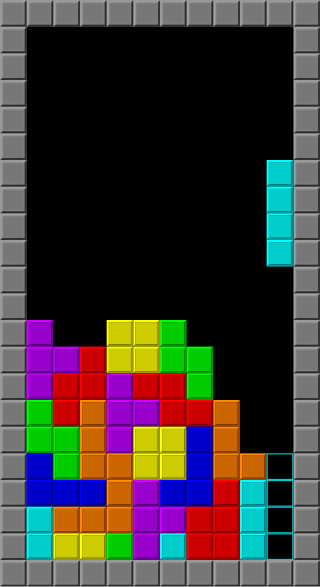
Tetris is a puzzle video game created in 1985 by Alexey Pajitnov, a Soviet software engineer. It has been published by several companies for multiple platforms, most prominently during a dispute over the appropriation of the rights in the late 1980s. After a significant period of publication by Nintendo, in 1996 the rights reverted to Pajitnov, who co-founded the Tetris Company with Henk Rogers to manage licensing.

Chaos Control is a rail shooter developed by Infogrames Multimedia and published by Philips Interactive Media for the CD-i, MS-DOS, Macintosh, Sega Saturn and PlayStation in 1995. The game's cutscenes are rendered in a style reminiscent of anime.
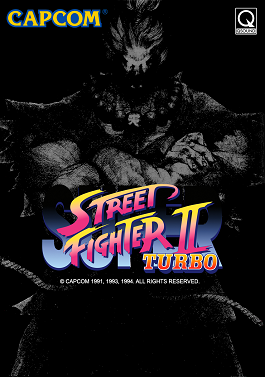
Super Street Fighter II Turbo is a fighting game released for the arcades by Capcom in Japan on February 23, 1994, in North America on February 23 and March 26, 1994 (beta) and in Europe in March 1994 (beta). It is the fifth installment in the Street Fighter II sub-series of Street Fighter games, following Super Street Fighter II: The New Challengers. Like its predecessor, it ran on the CP System II hardware.
The Panasonic M2 is a video game console platform developed by 3DO and then sold to Matsushita, a company known outside Japan by the brand Panasonic. Initially announced as a peripheral chip for the 3DO Interactive Multiplayer, it was later unveiled as a standalone console. The console was cancelled in 1997, but the M2 technology was incorporated into other devices.
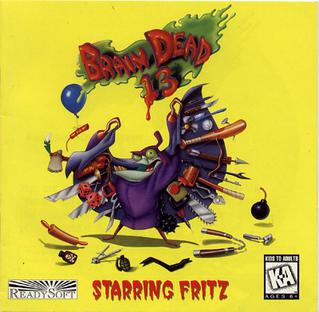
Brain Dead 13 is an interactive movie video game developed and originally published in North America by ReadySoft on 15 December 1995 and in Europe by Empire Interactive on the same year for MS-DOS. Unlike Dragon's Lair and Space Ace, which began as laserdisc arcade games, it was only released for personal computers and video game consoles. In the game, players assume the role of young computer expert Lance Galahad to defeat Dr. Nero Neurosis at his castle and its residents. Its gameplay is primarily presented through the use of full-motion video (FMV).
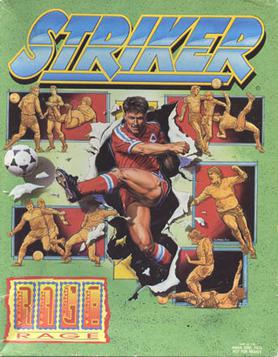
Striker is a soccer video game series first released by Rage Software in 1992.

The Horde is a hybrid action-strategy video game that was originally released for the 3DO Interactive Multiplayer and was ported to the Sega Saturn and DOS. It also featured full-motion video sequences featuring a number of actors including Kirk Cameron as Chauncey and Michael Gregory as Kronus Maelor. Video sequences were reduced to slide shows in some versions.

Return Fire is a 1995 video game developed by Silent Software, Inc. for the 3DO Interactive Multiplayer and ported to the PC and PlayStation in 1996. It was preceded by Fire Power (1987) and followed by Return Fire 2 (1998). An expansion pack, Return Fire: Maps O' Death, was released for the 3DO in 1995. Return Fire is a vehicular shooter from a 3D bird's eye view, in which the player's goal is to capture the enemy flag and return with it to their base. It was met with critical acclaim for its unusual gameplay concept, enjoyable multiplayer mode, and classical soundtrack, and is remembered as one of the 3DO's "best games" in its Home of the Underdogs entry.
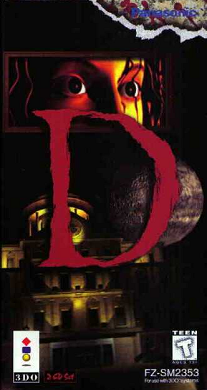
D is a horror-themed interactive movie and adventure game developed by Warp and directed by Kenji Eno. It was first published by Panasonic for the 3DO Interactive Multiplayer in 1995, later being ported to the Sega Saturn, PlayStation, and MS-DOS. The story follows Laura Harris as she goes to investigate a hospital after learning her father went on a mass murdering spree and barricaded himself inside. The hospital morphs into a castle upon her arrival, which she must explore to find her father. The player controls Laura through computer generated full-motion video (FMV) sequences, and must complete the game within two hours without a save or pause function.

True Golf Classics: Wicked 18 is a golfing video game originally released by T&E Soft in 1993 for the Super Famicom in Japan and by Bullet-Proof Software for the Super NES in North America. A version was later released for the 3DO Interactive Multiplayer and the Mega Drive. The game takes place on a very difficult otherworldly golf course. It is part of the True Golf Classics series, but unlike other games such as Pebble Beach and Waialae Country Club, which portray actual golf courses, Wicked 18 portrays an entirely fictitious golf course.

Cyberwar is a DOS game based on the film The Lawnmower Man and a direct sequel to the video game adaptation of the film, which itself takes place after the film. It was released in 1994 by SCi. Ports were announced for the Sega CD, 3DO Interactive Multiplayer, and in Japan only for the Sega Saturn and Sony PlayStation, but only the PlayStation version was released.
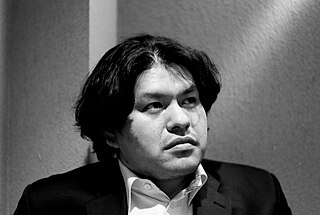
Kenji Eno was a Japanese musician and video game designer. He gained a reputation as a maverick during the mid-1990s for creating unorthodox games like Real Sound and is perhaps best remembered today for his rebellious marketing techniques. Outside of his homeland he was best known for his survival horror video games, D and Enemy Zero. Apart from creating video games, Eno was also a well-regarded electronic musician and he created the scores for several of his games. Eno founded the video game development companies EIM, Warp, and From Yellow to Orange. He also worked in a variety of fields apart from video games and music including the automotive, cellphone, tobacco, and hotel industries. Eno died on February 20, 2013, due to heart failure brought on by hypertension.

Samurai Shodown, known in Japan as Samurai Spirits, is a fighting game developed and published by SNK for the Neo Geo arcade and home platform. Released in 1993, it is the first installment in the Samurai Shodown series. In contrast to other fighting games at the time, which were set in modern times and focused primarily on hand-to-hand combat, Samurai Shodown is set in feudal-era Japan and was SNK's first arcade fighting game to focus primarily on weapon-based combat.

Winning Post is a thoroughbred horse racing simulation game series from Koei Tecmo debuting in 1993. The series is distinct from Koei's other horse-racing franchise, G1 Jockey, and Tecmo's Gallop Racer series. To date, the only version of the game to be released outside of Japan was the Sega Saturn port of Winning Post EX, released in North America as Winning Post. All of the other games have only been released in Japan.
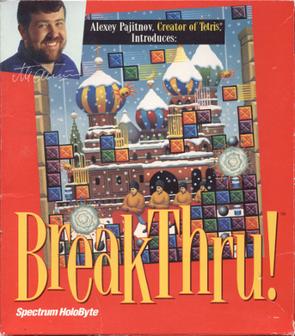
BreakThru! is a tile-matching puzzle video game released for Windows and MS-DOS in 1994. It was created by Steve Fry for the Japanese company ZOO Corporation and published by Spectrum HoloByte for the North American market.

WildSnake is a puzzle video game inspired by Tetris. Snakes of varying colors and lengths fall from the top of the screen and slither to the bottom. The goal is to clear out the snakes by touching two of the same color. WildSnake was designed by Alexey Lysogorov and presented by Alexey Pajitnov. Game Gear and Sega Genesis versions were planned but never released.

Lucienne's Quest is a role-playing video game developed by Microcabin for the 3DO, and is the sole traditional Japanese role-playing game released for the system. The story follows Lucienne, a teenage girl who sets off on an adventure to find a cure for a man's lycanthropy. Between adventuring from town to town and exploring the world, the player must battle with enemies using a turn-based battle system on an isometric grid.

















